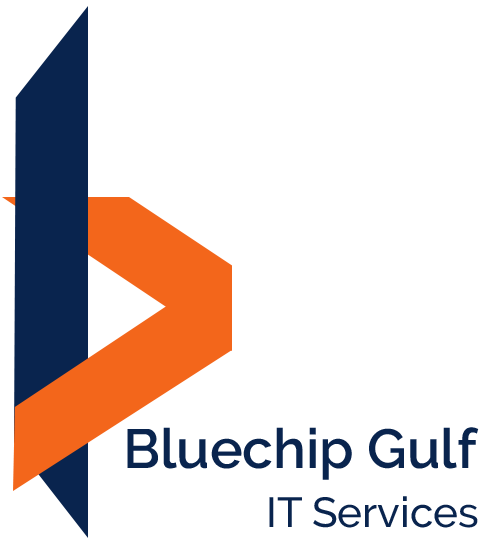
Prodesk Suite.
For as long as structural design and drafting software has existed, there has been a need of Autodesk Products, Extensions and Services . More recently, the need for collaboration and information sharing amongst design professionals has advanced to a higher level — Building Information Modelling (BIM).
Prokon’s Prodesk Suite makes BIM possible — it seamlessly transfers information between Autodesk® Revit® (world-leading modelling software) and PROKON® Structural Analysis and Design.
Structural Modelling in Revit®
The power of BIM lies in the fact that one is no longer drawing lines in CAD, but rather modelling objects like beams, slabs and columns. Detailed information about these objects is stored in a model database. In the Revit® context, any change made to an object, automatically reflects in all plans, sections, elevations and schedules. In a broader context, BIM-enabled structural design and fabrication software can use the same information and respond to changes made to the model. The benefits of using BIM soon become obvious: early error detection in the preliminary design phase, fewer errors during detail design, and increased all round productivity.
Call for more info +971556260687 or mail us
Autodesk Products Revit® enables one to create an incredibly detailed building model, and apply point, line and area loads. It also has the ability to model complex support conditions such as releases and springs. All of this information can be transferred to a Sumo Structural Modeller or Frame Analysis model using Prodesk, an add-on for Revit®.
Transferring a model to PROKON® Structural Analysis and Design.
In spite of the complex translation process that goes on in the background, transferring the model a model from Revit® to Sumo Structural Modeller and Frame Analysis is a simple procedure with Prodesk:
Open the model in Revit®.
Click the Prodesk (transfer to PROKON) button on the toolbar, or select it from the Prokon menu.
Follow the prompts to convert the information into a sound structural model in Sumo or Frame Analysis. Depending on the objects present in the model, this may include setting parameters for finite element mesh generation.
Beams and columns are transferred directly with their correct section profiles and orientations. Pad and wall footings are transferred as point or line supports. Slabs and walls are meshed using quadrilateral shell finite elements.
The transfer procedure offers you a great degree of control and flexibility. When transferring a concrete slab, for example, Sumo and Frame Analysis‘ advanced mesh generator will guide you through the process to ensure that a suitable finite element mesh is created.
You have the option to transfer an entire model from Revit® to Sumo or Frame Analysis or, if you wish, selected portions only. If you transfer a single floor level only, columns passing through that level are modelled as supports in Sumo and Frame Analysis.
Transferring a model from PROKON to Revit®
In some cases, it may be more convenient to build your model in Sumo or Frame Analysis. Prodesk allows you to be flexible, and has the ability to transfer models from Sumo and Frame Analysis models to Revit®. To facilitate this interaction, Prodesk has a function for creating “family files” for sections in the PROKON Section Database (which is directly available from within Revit®) allowing you to add new sections on the fly. All of this interoperability guarantees time savings and a standardised model transfer.
Call for more info +971556260687 or mail us
Once you have transferred a model from Revit® to Sumo or Frame Analysis, you can proceed to detail design and reinforcement detailing, and finally transfer the reinforcement back to the Revit® model.

